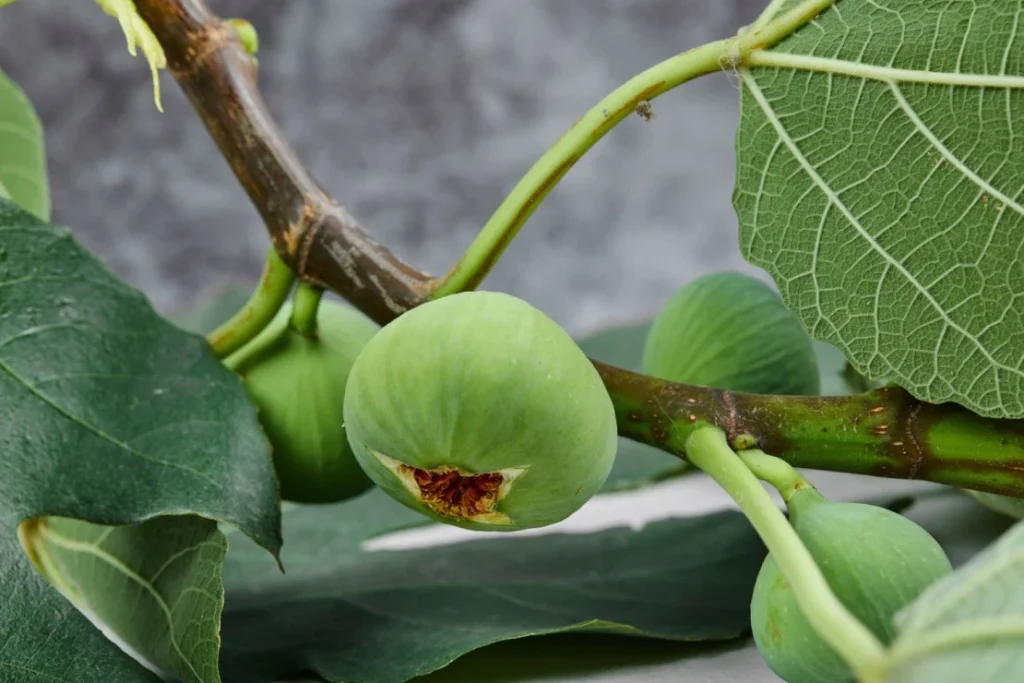Fig trees are a favorite among home gardeners, offering lush foliage and delicious fruit. Whether grown indoors or in your backyard, these trees require specific care to thrive. Understanding fig tree care ensures a healthier plant, abundant harvests, and visually appealing greenery in your space.
Choosing the Right Fig Tree for Your Home
When selecting a fig tree, consider both indoor and outdoor growing conditions. There are several varieties, each with unique characteristics:
- Common Fig (Ficus carica): Self-pollinating and ideal for home growers.
- Brown Turkey Fig: A hardy option producing sweet, rich fruit.
- Black Mission Fig: Well-known for its deep purple fruit and adaptability.
- Celeste Fig: Produces small, sweet fruit and is perfect for warm climates.
Indoor growers should opt for dwarf varieties such as Petite Negra or Little Miss Figgy, which remain compact and flourish in pots.
Ideal Growing Conditions
Creating the perfect environment is essential for fig tree care. These trees require:
Sunlight Requirements
Fig trees flourish in full sunlight. Position outdoor plants in a spot receiving at least six to eight hours of direct sunlight daily. Indoor trees should be placed near a south- or west-facing window for maximum light exposure. If adequate sunlight is unavailable, consider using grow lights to supplement natural light.
Soil and Drainage Needs
Well-draining soil is critical for fig tree health. A slightly acidic to neutral pH (6.0-7.0) is optimal. Amend garden soil with organic compost or peat moss to improve fertility. When growing figs in pots, opt for a loamy potting mix with perlite or sand for proper drainage.
Temperature and Humidity Considerations
Fig trees thrive in temperatures between 60°F and 85°F. While they can tolerate brief drops in temperature, prolonged exposure to freezing conditions can cause damage. If you live in colder zones, consider growing your fig tree in a container, allowing you to move it indoors during winter. Indoor trees prefer moderate humidity levels, so misting the leaves occasionally can prevent dryness.
Watering and Fertilization Strategies
How Often to Water
Proper watering is a crucial component of fig tree care. Water deeply but allow the soil to dry slightly between watering. Overwatering can lead to root rot, so ensure the pot or ground soil drains well.
- Outdoor fig trees: Require watering once or twice a week, depending on temperature and rainfall.
- Indoor fig trees: Need watering when the top two inches of soil feel dry.
During winter dormancy, reduce watering frequency since the tree's absorption rate slows significantly.
Best Fertilization Practices for Healthy Growth
A balanced approach to fertilization ensures strong root development and high fruit yield. Use a slow-release, balanced fertilizer (such as 10-10-10) monthly from early spring to late summer. Indoor fig trees benefit from a liquid fertilizer applied every four to six weeks.
Pruning and Maintenance
How to Prune Your Fig Tree
Pruning is important to maintain a healthy fig tree. The best time to prune is late winter or early spring, just before new growth begins.
- Remove dead or diseased branches to prevent infections.
- Trim crossing or overcrowded branches for better air circulation.
- Shape young trees by cutting back excessive growth to encourage a strong structure.
For indoor figs, regular pruning helps maintain a manageable size and enhances airflow, reducing the risk of fungal infections.
Pest and Disease Prevention
Fig trees are susceptible to pests and diseases, particularly if grown in warm, humid conditions. Common issues include:
- Fig Rust: Causes rusty-colored spots on leaves. Prevent this by ensuring proper airflow and avoiding overhead watering.
- Aphids & Spider Mites: Can be controlled with insecticidal soap or neem oil applications.
- Root Rot: Often caused by overwatering. Ensure soil drains properly and reduce excess moisture.
Regularly inspecting leaves, stems, and soil can help detect problems early and prevent plant decline.
Growing Figs in Containers
For those with limited outdoor space, container gardening is an excellent way to grow figs. Choose a pot that is at least 15-20 inches deep with drainage holes. Use high-quality potting soil and re-pot your tree every two to three years to refresh nutrients and prevent root binding.
Container-grown fig trees require more frequent watering than those planted directly in the soil, particularly during warm weather. When moving pots indoors for winter, place the tree in a location with indirect light and maintain a cool temperature around 50°F to 60°F.
Propagation: Growing a New Fig Tree from Cuttings
Expanding your fig tree collection is possible through propagation. Cuttings taken from a healthy tree can develop into new plants with minimal effort. Learn how to propagate effectively with detailed guidance in this article: How to Plant a Fig Tree from a Cutting.
Seasonal Care for Fig Trees
The needs of a fig tree change throughout the year. Adjusting care routines accordingly ensures robust growth and abundant fruit.
- Spring: Begin fertilizing, prune for shape, and monitor new growth.
- Summer: Keep soil moist, provide fertilizer, and monitor for pests.
- Autumn: Reduce feeding, harvest ripe figs, and prepare for dormancy.
- Winter: For outdoor trees in cold regions, apply mulch around the base or wrap trunks with burlap for protection. Reduce watering for indoor trees.
Harvesting and Storing Figs
Figs must be picked at peak ripeness, as they do not continue ripening after being harvested. Ripe figs feel soft to the touch and may bend slightly at the neck.
Post-harvest tips:
- Store fresh figs in the refrigerator for up to five days.
- For longer storage, dry figs in a dehydrator or oven at 135°F until moisture is removed.
- Freeze whole or sliced figs in airtight containers for extended preservation.
Complementary Indoor Plants for Your Space
If you're cultivating fig trees indoors, consider incorporating other low-maintenance plants that thrive in similar conditions. Discover options that blend beautifully with fig trees in this guide: Tall Indoor Plants for Small Spaces.
Fig trees bring beauty and functionality to any home, offering shade, edible fruit, and an elegant presence. With dedicated care, they can thrive year-round, providing both aesthetic charm and fresh produce. Whether grown indoors or planted in an outdoor setting, mastering fig tree care enhances the longevity and productivity of your plant. By following the right techniques, you can enjoy a flourishing fig tree that enriches your home and garden.



